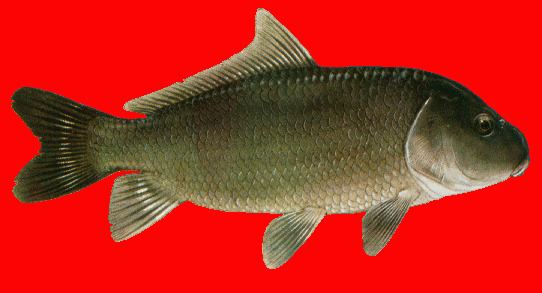Phylum Chordata Rank Species | ||
 | ||
Found in Lake Winnipesaukee, Lake Wylie Similar Bigmouth buffalo, Ictiobus, Smallmouth buffalo, River carpsucker, Carpiodes | ||
One bad son black buffalo
The black buffalo (Ictiobus niger) is a North American species of freshwater fish in the Catostomidae or sucker family. I. niger is found in the Mississippi Basin and southern Great Lakes. I. niger was first discovered in Canada in the western end of Lake Erie and has been reported from Boston Creek. The Tennessee distribution ranges from rivers and streams in the Cumberland Mountains, a few rivers in middle Tennessee, and in west Tennessee along the Mississippi River. The ecology of the species is quite similar to that of I. bubalus. I. niger has a ventrally positioned mouth, making the species’ diet benthic-oriented. I. niger has a distinct shape that mocks I. bubalus and I. cyprinellus considering it a hybrid between the two species.
Contents
- One bad son black buffalo
- Geographic distribution
- Ecology
- Life history
- Current management
- Management recommendations
- References
One bad son black buffalo
Geographic distribution
I. niger is found in large and small rivers in eastern North America from the Mississippi Basin to Canada. In Canada, the species was first described in Lake Erie. In the United States, the species is found in both small and large rivers in the basins of the Mississippi, Missouri, and Ohio as well as in southern Lake Michigan and Lake Erie. Among others, I. niger is native to Iowa, South Dakota and Minnesota; more southern states include eastern Texas and Oklahoma.
Ecology
The ecology of I. niger is most closely related to I. cyprinellus. Due to the ventrally positioned mouth, the diet is benthic-oriented, with the Asiatic clam being the principal food. Detritus and sand are also ingested and contribute ~40% of the dietary volume. It is most commonly found in quiet, shallow waters. The U.S. angling record is 55.5 lb (25.2 kg) and was caught in Tennessee in 1984. The average length is about 20–30 in (51–76 cm) with a maximum length of 48.5 in (123 cm). The average weight is estimated to be about 10–30 lb (4.5–13.6 kg). A specimen caught in Shelby County, Tennessee on April 1, 1980 was accepted as valid and weighed 80 lb (36 kg). I. niger relies on benthic organisms more heavily than I. bubalus. I. niger feeds mostly from the bottom.
Life history
Members of Ictiobus are large, robust bodied suckers adapted to large rivers. Currently recognized species are readily diagnosed by morphological characters, and the group is known from fossils dating back to the Miocene. I. niger is a spring spawner. They spawn in flooded areas and backwaters of sloughs and small to large rivers... Fertilized eggs are demersal and adhesive. They hatch in 24–36 hours at 19–24 °C (66–75 °F). I. niger grows fairly rapidly, averaging 13.4 cm (5.3 in) after the first year, and is sexually mature at age 2. The spawning period could take days. The spawning fish remain in a state of excitement, and are unconcerned about unusual movements or disturbances. I. niger has been reported violently jumping and repressed eagerness while spawning. It was not until the spawning was drawing to an end that the fish seemed to recover normal reaction to alarm.
Current management
There is no specific plan for protection for this species in Canada other than the Fisheries Act. However, I. niger is listed as of special concern in Kentucky, Mississippi, South Dakota and West Virginia. It has also been listed as protected in Wisconsin. From 1957-59, only seven specimens were recorded in the Ohio river. In 1968-69, only 4 specimens were captured. Threats and issues include loss, modification or fragmentation of large river habitat caused by dams in the Mississippi and Wisconsin rivers. Mistaken identity leads to the taking of this species in commercial fisheries. The exotic bighead carp shares the habitat with I. niger and consumes large amounts of zooplankton, out-competing I. niger for needed food.
Management recommendations
To ensure the long life and thriving reproduction of I. niger, protection and restoration of larger river habitat is needed. Education of anglers, biologists, and the general public in taxonomy, systematics, and habitat use is needed. The species presents special difficulties, due to natural hybridization, for both research and enforcement. Dams need to be equipped with fish passages to connect fragmented habitats. Invasive species that compete or degrade the habitat of native fishes need to be controlled.
